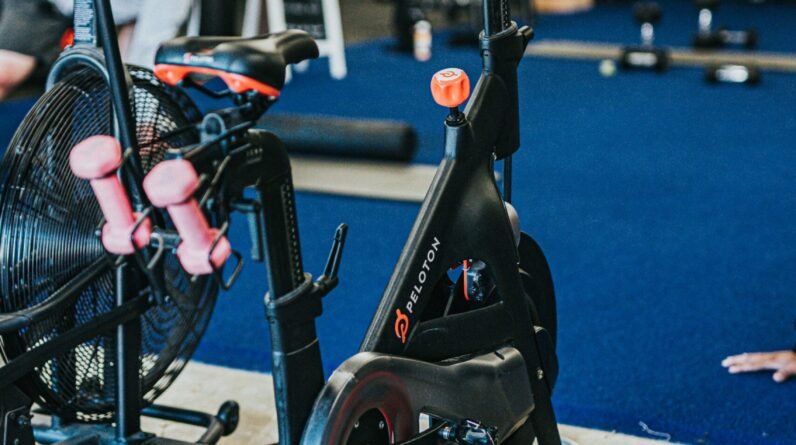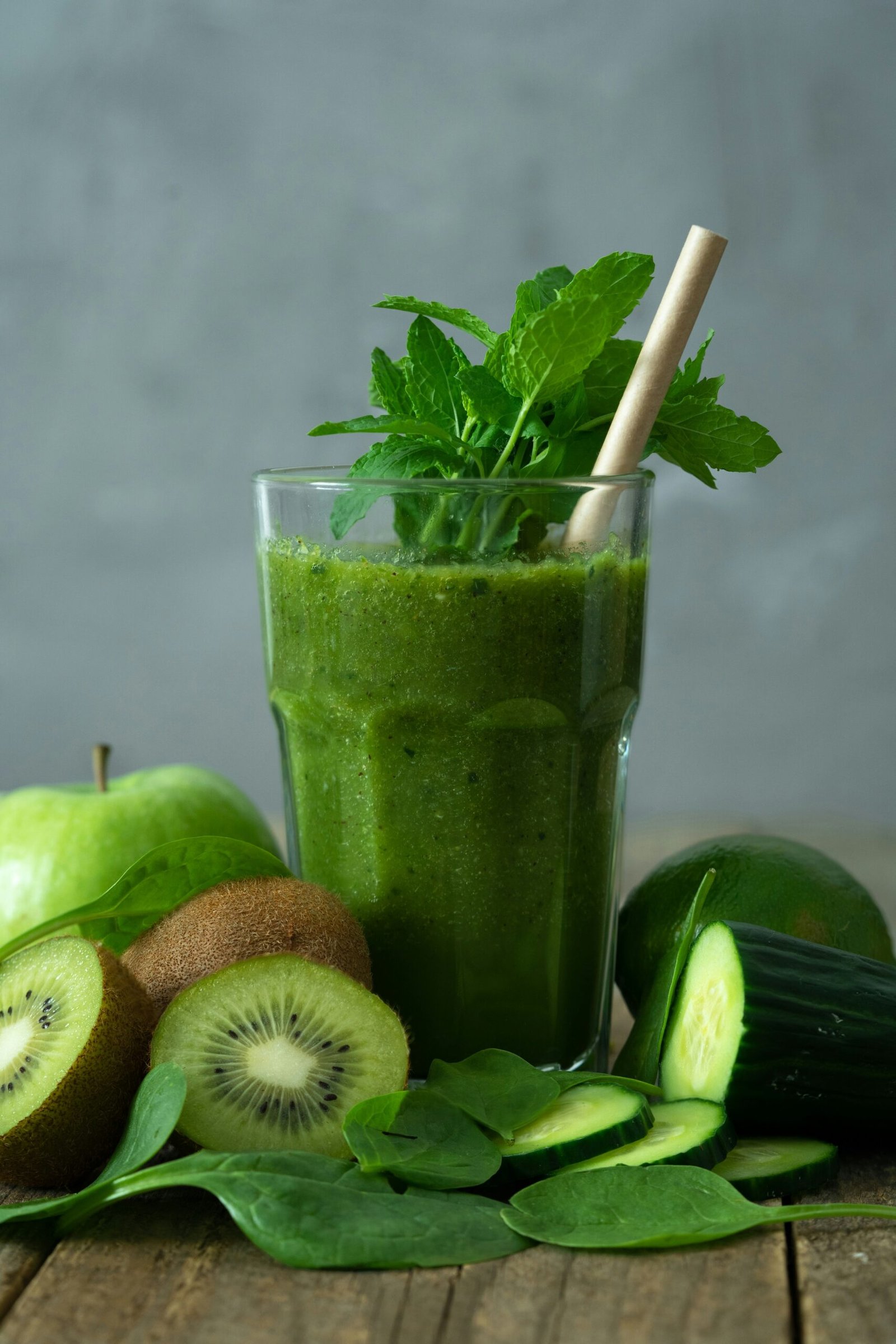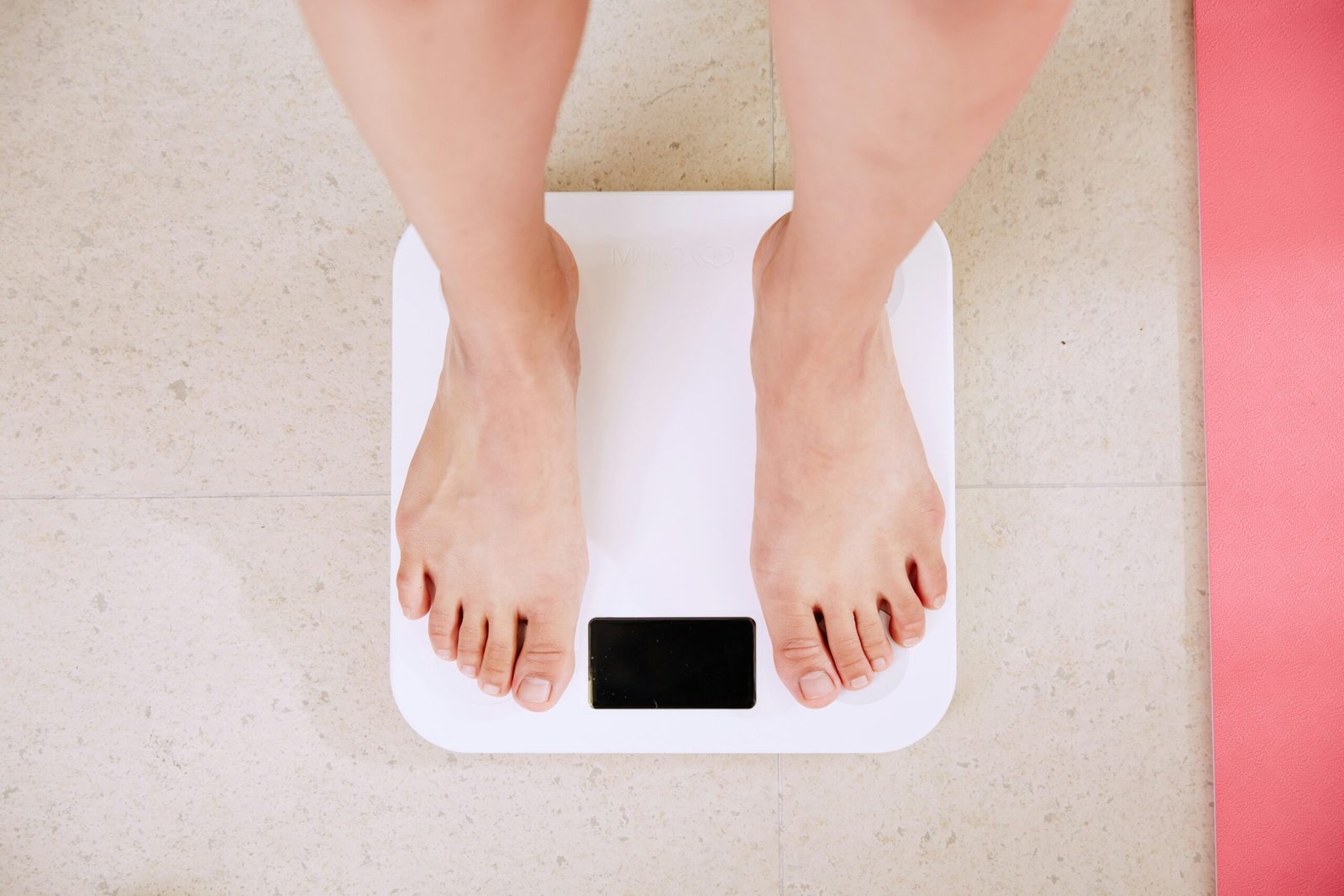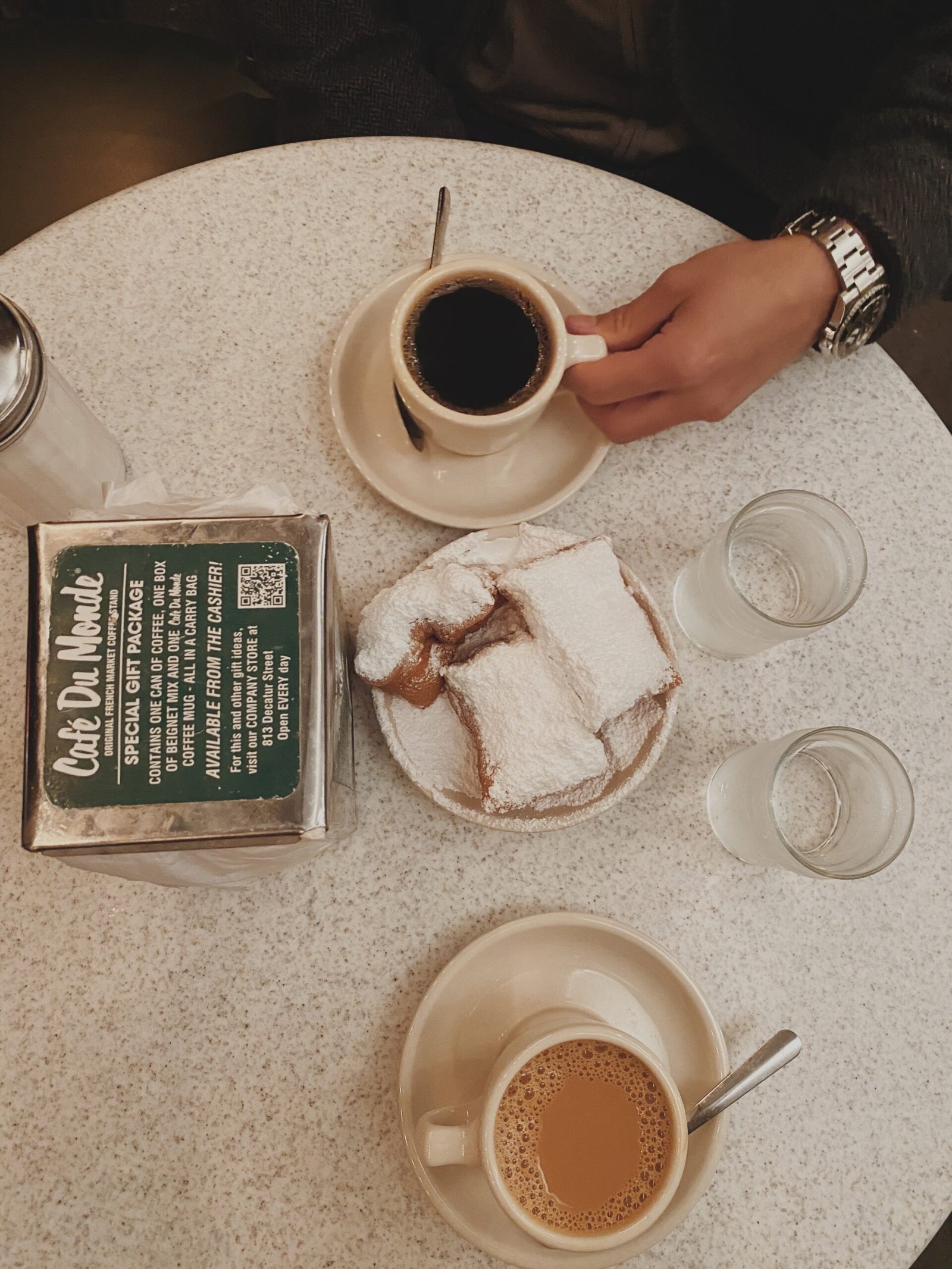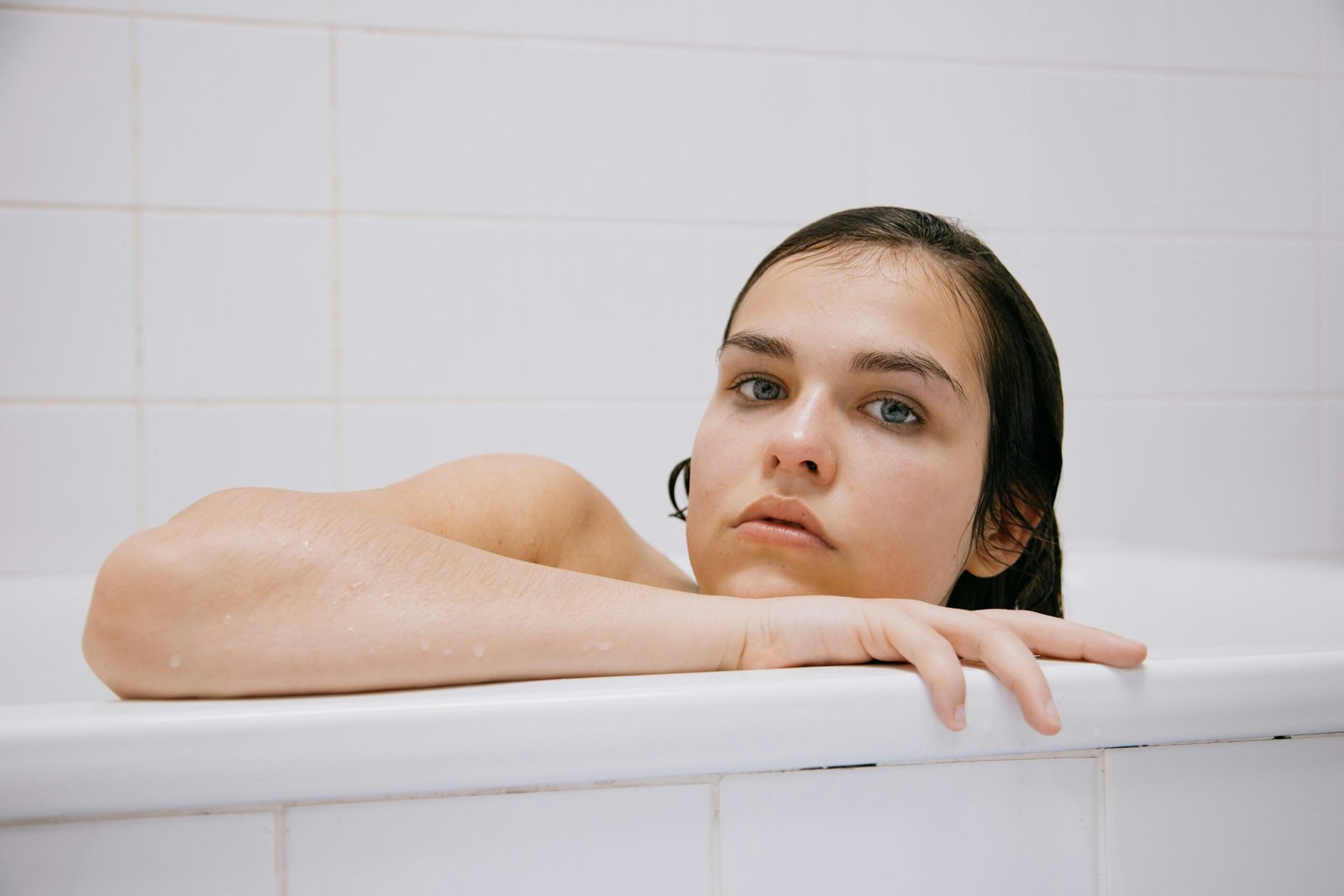
Introduction to Caloric Burn in Cold Baths
The practice of using cold baths as a method for burning calories has gained significant traction in recent years within the fitness and wellness communities. This phenomenon is grounded in the physiological responses of the human body to cold exposure, which can lead to an increased caloric expenditure.
When immersed in cold water, the body initiates several mechanisms to maintain its core temperature within a survival range. One primary response is shivering, an involuntary muscle activity that generates heat. Shivering itself requires energy, thus burning additional calories. Furthermore, cold exposure can activate brown adipose tissue (BAT), also known as brown fat. Unlike white fat, which stores energy, brown fat burns energy to produce heat, contributing further to calorie consumption during a cold bath.
The concept hinges on the thermogenic effect, where the body uses more calories to generate heat to counteract the cold environment. This process not only aids in immediate caloric burn but has also been suggested to enhance metabolic rates over time with repeated exposure. It is also worth noting that individuals may experience varying degrees of caloric burn based on factors such as body composition, water temperature, and the duration of exposure.
As a result, cold baths have become a popular topic of discussion among fitness enthusiasts and wellness advocates looking for alternative and supplementary ways to enhance their caloric burn. Recognizing the underlying physiological processes helps provide an informed perspective on the potential efficacy of this practice.
The science behind how many calories a 30-minute cold bath burns hinges on the body’s thermogenic processes, which are activated in response to exposure to cold temperatures. When the body is subjected to cold, it utilizes two primary mechanisms to produce heat and maintain its core temperature: shivering thermogenesis and non-shivering thermogenesis.
Shivering Thermogenesis
Shivering thermogenesis involves the involuntary contraction of muscles, generating heat through increased metabolic rate. These muscle contractions create warmth as a side effect of muscular activity. Essentially, the body shivers to produce heat, thereby burning calories. The energy expenditure from shivering is a direct response to the cold environment and can significantly increase overall caloric burn.
Non-Shivering Thermogenesis
Non-shivering thermogenesis, on the other hand, involves the activation of non-muscular processes to generate heat. Central to this mechanism is brown adipose tissue (BAT), commonly referred to as brown fat. Unlike white fat, which primarily stores energy, brown fat burns calories to produce heat. When exposed to cold, BAT is activated, leading to an increase in caloric expenditure. This process does not involve muscle movement but rather metabolic actions within the brown fat cells themselves.
Research indicates that BAT plays a substantial role in cold-induced thermogenesis. Brown fat cells are rich in mitochondria, the energy powerhouses of cells, which oxidize fatty acids to generate heat. This thermogenic activity results in increased calorie burning rates.
While the exact number of calories burned during a 30-minute cold bath can vary based on several factors, including an individual’s body composition and metabolic rate, the thermogenic processes catalyzed by cold exposure are pivotal in understanding how the body accelerates caloric expenditure. The intricate balance of shivering and non-shivering thermogenesis allows the body to maintain thermal homeostasis while simultaneously increasing caloric burn.
Factors Influencing Caloric Burn
The caloric expenditure during a 30-minute cold bath is subject to a variety of influential factors, making the exact number difficult to determine without considering individual circumstances. One of the primary determinants is the water temperature. Colder water requires the body to expend more energy to maintain its core temperature, thus burning more calories. Conversely, slightly warmer, albeit still cold, water will necessitate less energy expenditure, resulting in fewer calories burned.
Another crucial factor is individual body composition. People with more muscle mass generally have higher metabolisms and therefore burn more calories, even while at rest. Muscle tissue demands more energy for maintenance compared to fat tissue, thus individuals with a higher muscle-to-fat ratio may see a greater caloric burn in a 30-minute cold bath.
Furthermore, metabolic rate plays a significant role. Metabolic rates can vary considerably among individuals based on age, genetics, and overall health. Those with higher metabolic rates will naturally burn more calories during any given activity, including cold exposure. In contrast, individuals with slower metabolic rates may see less caloric expenditure, even under identical conditions.
Acclimatization to cold, a factor that often goes unnoticed, also influences how many calories are burned in a 30-minute cold bath. Regular exposure to cold can train the body to become more efficient in managing core temperature, possibly reducing the caloric expenditure over time. Newcomers to cold baths may initially burn more calories as their bodies work harder to adjust to the drop in temperature.
Considering these factors, it becomes evident that the question of how many calories does a 30 minute cold bath burn lacks a one-size-fits-all answer. The variation in water temperature, body composition, metabolic rate, and acclimatization each significantly impact the total caloric burn, making personalized assessments more accurate than general estimates.
Estimating Caloric Burn: A Rough Guide
Understanding how many calories a 30-minute cold bath burns requires considering various physiological factors. When the body is exposed to cold water, it has to work harder to maintain its core temperature, a process known as thermogenesis. This increase in metabolic activity can indeed lead to calorie expenditure. But how much?
Research indicates that cold exposure does increase the metabolic rate. A 2014 study published in the Journal of Clinical Investigation found that immersion in water at temperatures around 14°C (57°F) activated brown adipose tissue, commonly known as brown fat, which plays a significant role in burning calories for heat production. However, precise caloric expenditure for an individual can depend on several factors, including their body composition, water temperature, and duration of immersion.
In general, health experts estimate that a 30-minute cold bath could result in the burning of approximately 100 to 250 calories. This wide range accounts for the aforementioned varying factors and is by no means a one-size-fits-all figure. For instance, someone with a higher percentage of brown fat may burn more calories compared to someone with less. Similarly, colder water could potentially lead to a higher calorie burn compared to slightly warmer cold baths.
Overall, while there is a potential for significant caloric burn during cold water immersion, it is important to recognize that individual results can vary. For those interested in using cold baths as a method for caloric expenditure, it may be advisable to combine them with other forms of exercise and a balanced diet to achieve more controlled and predictable outcomes. Cold baths can provide a unique and supplemental method to overall wellness, but should be approached with a comprehensive understanding of all contributing factors.
Comparing Cold Baths to Other Caloric Burn Activities
In the realm of fitness and caloric expenditure, various activities offer different rates of calorie burn. To put the question, “how many calories does a 30-minute cold bath burn?” into perspective, it’s valuable to compare this activity to other common exercises. For instance, running at a moderate pace of 5 miles per hour burns approximately 240 to 355 calories in 30 minutes, depending on an individual’s weight. Swimming, especially vigorous styles like the butterfly or freestyle, can burn around 300 to 444 calories in the same timeframe. Cycling at a speed of 12 to 14 miles per hour typically burns between 240 to 336 calories in half an hour.
Cold baths, on the other hand, offer a different caloric burn mechanism compared to these more traditional exercises. The caloric expenditure from a 30-minute cold bath is primarily due to the body’s thermogenic response, as it works to maintain its core temperature. Estimates suggest that a person may burn anywhere from 50 to 150 calories during this period. This is significantly lower than the calories burned from running, swimming, or cycling but can complement a comprehensive fitness regime by offering a gentle, passive calorie-burning activity.
While a cold bath might not replace high-intensity physical activities in a fitness plan, it can serve as an adjunct for those looking to diversify their caloric expenditure strategies. Moreover, cold baths can provide additional benefits, such as reducing muscle soreness and enhancing recovery times, making them a valuable inclusion for athletes and fitness enthusiasts. Therefore, when considering “how many calories does a 30-minute cold bath burn” compared to traditional exercises, one can see it as a lower-calorie, yet beneficial, part of a holistic fitness approach.
Safety Considerations and Best Practices
Engaging in a 30-minute cold bath can be an effective means to burn calories, but it is not without its risks. Safety is paramount when incorporating this practice into a routine, particularly considering the physiological stress that cold exposure places on the body.
Firstly, one must be mindful of potential risks associated with prolonged exposure to cold water. Conditions such as hypothermia, which occurs when the body loses heat faster than it can produce it, can be a serious concern. Symptoms of hypothermia include shivering, confusion, slow breathing, and loss of coordination. It is critical to be aware of these signs and exit the cold bath immediately if they occur.
Individuals with certain medical conditions should avoid cold baths altogether. Those with cardiovascular issues, such as heart disease or hypertension, may experience adverse reactions due to the constriction of blood vessels caused by cold water. Similarly, people with Raynaud’s disease, a condition that affects blood flow to certain parts of the body, should also refrain from cold baths.
To safely incorporate cold baths into your routine, adhere to recommended best practices. The ideal water temperature should be between 50°F and 59°F (10°C and 15°C). Begin with shorter durations, starting at five to ten minutes, and gradually increase to no more than 30 minutes as your body acclimatizes to the cold. By slowly adjusting your exposure, you mitigate the risks associated with sudden temperature changes.
Acclimatization is key to safely enjoying the benefits of cold baths. Gradually lowering the water temperature and lengthening exposure time can help your body adapt. A useful tip is to start with a lukewarm bath and incrementally add cold water until reaching the desired temperature. This progressive approach helps prevent shocking the system and reduces potential health risks.
Finally, always listen to your body during a cold bath. If you feel excessively uncomfortable or notice any concerning symptoms, it is best to terminate the bath promptly. Additionally, consulting a healthcare professional before starting cold bath therapy is advisable, especially for individuals with underlying health conditions.
Personal Experiences and Anecdotes
The journey into understanding how many calories does a 30-minute cold bath burn is often enriched by personal testimonies. One avid user, Sarah, a fitness enthusiast, turned to cold baths as an innovative method to enhance her calorie-burning regimen. She noted increased alertness and a refreshing recovery after intense workout sessions. Her experience suggests a promising boost in metabolic activity, resonating with the theory that cold exposure can activate brown fat, which helps in burning extra calories.
Conversely, John’s story provides a grounded perspective. A marathon runner, he incorporated cold baths to aid recovery and potentially amplify calorie expenditure. While John found the baths effective for reducing muscle soreness, he admitted experiencing initial discomfort and prolonged shivering. Despite these challenges, John persisted, primarily motivated by the prospect that cold therapy could marginally increase his calorie burn, aligning with the calculated figures that suggest a noticeable impact over time.
Another noteworthy account comes from a weight-loss journey shared by Laura. She embarked on a routine that included bi-weekly 30-minute cold baths. Laura observed that while the direct calorie burn from the cold baths was modest, the overall benefits to her weight management were significant. The cold baths seemed to complement her dietary and exercise efforts by fostering a holistic wellness routine.
These personal experiences underscore that while cold baths can contribute to burning calories, individual responses can vary. They highlight not only the potential benefits but also the challenges that accompany this approach. Exploring how many calories does a 30-minute cold bath burn through such narratives adds a relatable layer to the scientific data, offering a well-rounded understanding of cold baths as a calorie-burning technique.
Conclusion: Is a 30-Minute Cold Bath Effective for Burning Calories?
Summarizing the discussion on how many calories does a 30-minute cold bath burn brings several key points into focus. Research and anecdotal evidence suggest that exposure to cold temperatures can trigger thermogenesis, where the body generates heat to maintain its core temperature, thereby using up calories. While the exact number of calories burned during a 30-minute cold bath varies depending on individual factors such as body composition and metabolic rate, it is suggested that a noticeable amount of energy could be expended during this process.
The benefits of cold baths extend beyond calorie burning. They have been noted for aiding muscle recovery, reducing inflammation, and potentially boosting mood and overall metabolic rates. However, it is critical to recognize that solely relying on cold baths as a weight-loss strategy may not be effective. The actual calorie burn might be modest compared to more traditional forms of exercise such as running or weight lifting.
There are limitations and considerations when using cold baths for calorie burning. People with certain medical conditions, such as cardiovascular issues, should consult healthcare professionals before incorporating cold exposure into their routines. Moreover, the initial shock to the system and discomfort should not be underestimated. Adjusting gradually and ensuring safety can help mitigate these concerns.
In conclusion, while a 30-minute cold bath can contribute to burning calories and offer additional health benefits, it should be seen as a supplementary approach rather than a primary method. For optimal health outcomes, it is advisable to integrate cold baths within a broader, balanced fitness and wellness regimen that includes proper diet and regular physical activity. Exploring a variety of strategies enables individuals to enhance their overall well-being sustainably and effectively.



